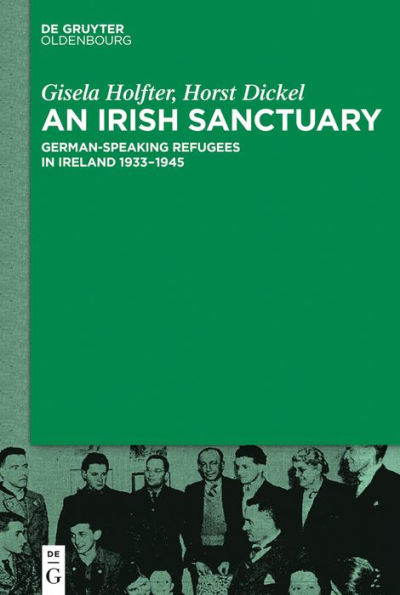Table of Contents
List of Images x
Tables xi
Acknowledgements xii
Introduction 1
Part I Passages To Ireland
Chapter 1 The Distant Option - German Refugees to Ireland, 1933-1938 13
The students 18
The businessmen 25
The Lisowski story 27
Chapter 2 "Those days in Vienna…" 31
Georg Klaar/George Clare 31
Social profiles 32
"Those days in Vienna…" 35
Economics of the dispossessed 39
Ribbons and zip fasteners 41
Getting out 49
The Kagran Group 50
Protestant helpers 52
Catholic attempts 57
…and the Jews? 60
Chapter 3 The Jews of Komotau 63
Chapter 4 The German Pogrom and After 76
The capital and the concentration camp 77
Out of Saxony 85
Out of the Rhineland 89
Chapter 5 The Routes of the Refugees: Italian Passages to Ireland 92
Part II Exiled in Wartime Ireland
Chapter 6 The State, the Helpers and the Refugees 99
"A certain degree of confusion…" - New challenges in 1938 108
The Irish Co-ordinating Committee for Refugees 119
The aid organisations and the new policy 132
Doors shut tight 140
Care and control 144
Assessment and comparison 145
Chapter 7 Uncharted Terrain - German-speaking Refugees in the Irish Provinces 153
Continental urbanites in Irish fields 153
Times at the demesnes and other places: workers, sojourners and their hosts 164
Students and teachers in the Irish provinces 173
"It was all right when foreigners came along to start industries and give employment but […]" - Exiles in provincial economies 181
Les Modes Modernes, Wings and the exile community in Galway 184
Happy exile in Cork? 194
The exiles of Co. Tipperary 196
Longford Ribbons 203
Under Western Hats 210
On Europe's fringe 220
Chapter 8 Continental Du Miners 228
"Only entrepreneurial partnership or agony"? Business ventures in exile 230
Settled employees 234
Job-seekers 236
Dependants 240
New homes 245
The lure of the city 256
Chapter 9 Academics in Exile 270
At Irish universities 275
Trinity College 277
Germany's leading serotogist - Hans Sachs 282
Ludwig Hopf - Einstein's first assistant 289
University College Dublin and the National University of Ireland in Cork, Galway and Maynooth 300
Ernst Lewy - a linguist with rare abilities 304
A brief interlude 310
"Certain distinguished Austrian Professors" 310
Academics who did not come 317
The Dublin Institute of Advanced Studies (DIAS) 323
Overall assessment 344
Chapter 10 Transit Lives 348
Exit Great Britain 356
Exit Northern Ireland? 361
Part III After the War
Chapter 11 Refugees Revisited 365
Educated in Ireland 365
Growing old - in Ireland? 371
Women in exile 374
Leaving the outposts 377
Restitution and compensation 383
Home and identity 384
Brokers of modernity? 390
And the academics? 398
Bibliography 407
A Primary sources 407
B Literature 415
1 Secondary literature 415
2 Personal recollections and autobiographies 434
Index of Names 438
Index of Places 448



